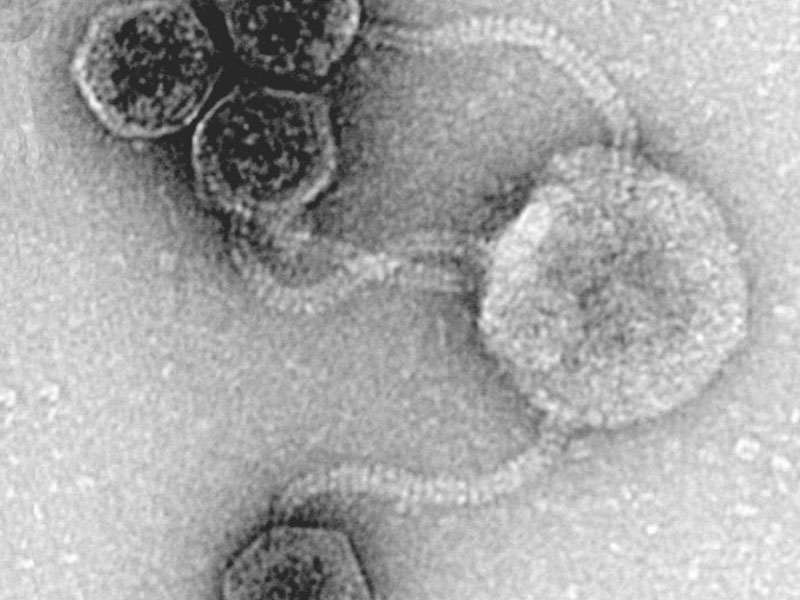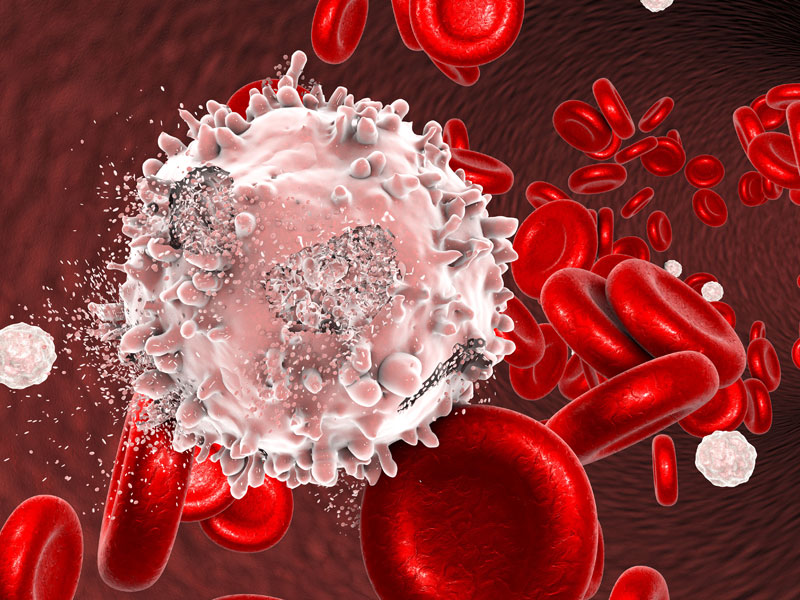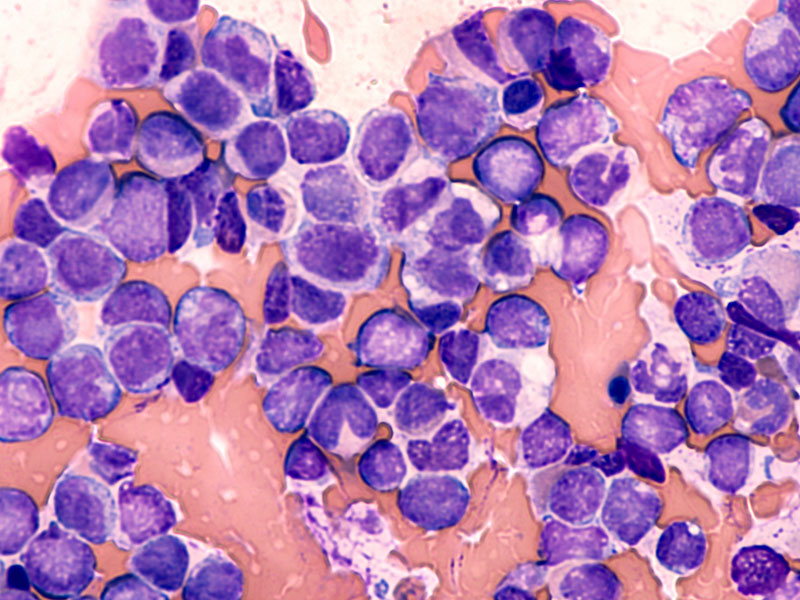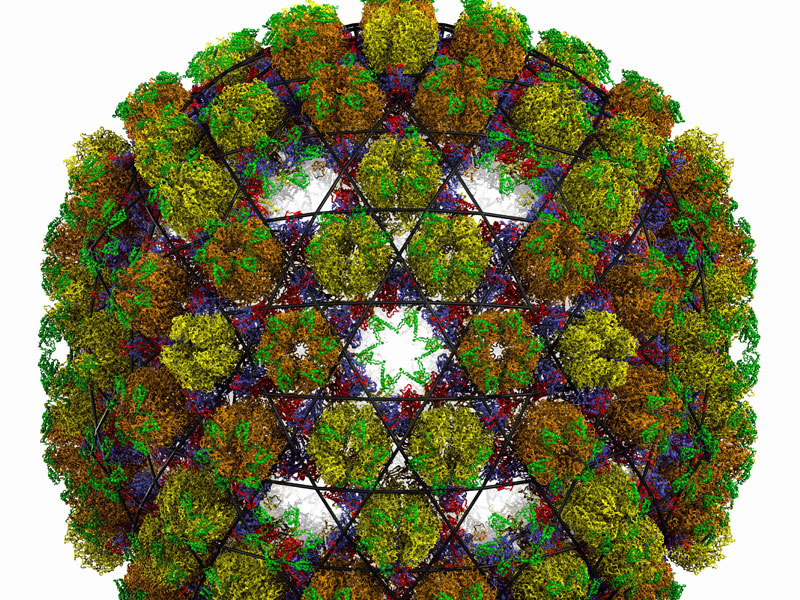
Immunology, haematology and infection
The Immunology, haematology and infection (IHI) theme builds on a history of internationally-leading immunology and infection research at York. Over the last decade, IHI has made significant contributions in the areas of:
- Neglected Tropical Diseases; from fundamental research to treatment prevention
- Fundamental immunology with practical applications through cross-disciplinary research in haematology, skin and infection
- Haematological malignancies; combining clinical, experimental, translational (treatment) and epidemiological haematology in a single space
Research within this theme ranges from fundamental insights into disease mechanisms, through to vaccine clinical trials and epidemiology. Areas of particular strength are; Experimental and population haematology, Parasitology, Immunopathology, pathogen structure and assembly, and pathogenesis and its clinical epidemiology.
Experimental and population haematology
Experimental and population haematology at York offers a unique space to perform world-class haematological research. Combining clinical, experimental, translational (treatment) and epidemiological haematology in one space.
Experimental haematology
Many cancers are caused by mutations in genes that result in uncontrolled cell growth. Experimental haematology spans research into single molecules, for example, understanding the mechanisms of oncogenic driver mutations in myeloproliferative neoplasm (MPN) development (Hitchcock). MPNs are a group of blood cancers characterised by the overproduction of red blood cells and/or platelets, and is the most common myeloid cancer. To the transcription factor HIF (Hypoxia Inducible Factor), a master regulator of gene expression whose deregulation occurs with high frequency in solid tumours and haematological malignancies (Bridge).
A single stem cell can give rise to any of the highly specialised cell types of a given tissue whilst also having the capacity to make a new stem cell. If the process is dysregulated in some way, the overproduction of stem cells can lead to progression of cancer. Understanding the molecular regulators of normal blood stem cells and the clonal evolution of cancers from single cells (Kent) is contributing to our knowledge of how blood cancers such as leukaemia progress.
One of the most deadly cancers of the blood system is Acute Myeloid Leukaemia (AML), an aggressive disease with very poor prognosis (5-15% survival rate). We study the underlying biology of this disease, with a special focus on the most drug resistant cells and their molecular biology, harnessing this information to design new effective treatments (Grey).
York is the central lab for the UK Acute Lymphoblastic Leukaemia (ALL) trials UKALL4 and UKALL60+ to enhance translational science and to change practice (Fielding).
Population haematology
The Epidemiology and Cancer Statistics Group (ECSG) is a multi-disciplinary team of researchers. Major research themes include cancer epidemiology, in particular the determinants, prognosis and treatment of haematological malignancy, as well as cancer in children and young adults (Roman, Smith, Crouch). They co-established the Haematological Malignancy Research Network (HMRN) with the Haematological Malignancy Diagnostic Service (HMDS) at St. James Hospital in Leeds. The group analyses clinical samples and data as part of clinical trials spanning the entire spectrum of haematological disorders. Working in collaboration with clinical colleagues they then use the data to inform future decision making, improving diagnosis and prognosis of patients with haematological malignancies.
Contact us
York Biomedical Research Institute
ybri@york.ac.uk
B/H/002, Department of Biology, Wentworth Way, University of York, York, YO10 5NG
Twitter
Parasitology
York is an international leader in research on diseases caused by parasitic infections, including Neglected Tropical Diseases (NTDs). With a critical mass of scientists producing world-class research across the full spectrum of parasitology, from basic biology, host-parasite interactions, therapeutic interventions and prevention strategies in the form of drug and vaccine development. These focus specifically on leishmaniasis, trypanosomiasis, schistosomiasis and malaria. For more info visit our Parasites@York page.
Leishmaniasis research at York includes discovering the basic biology of the Leishmania parasite (Mottram, Walrad, Jeffares, Wilkinson, Wilson L), its interaction with the host (Myburgh, Jeffares), how it adapts to its environment (Baker N), and novel therapies/delivery to treat leishmaniasis (Kaye, Van Bocxlaer, Prow). Our research has global reach and impact, with collaborators in Uganda, Kenya, Sudan, Ethiopia, Tanzania, Egypt, Brazil, India and Sri Lanka. There are also extensive links within the UK. NTD researchers from YBRI lead several large collaborative networks including the UK:Brazil Joint Centre Partnership in Leishmaniasis (JCPiL), a global pathology network (LeishPathNet), and a project to develop a human challenge model for Leishmania (LeishChallenge), as well as contributing to a Global Network for NTDs focused on drug discovery.
Trypanosomiasis research at York is exploring how the parasite is able to alter the identity of proteins displayed to the host immune system (Faria), discovering the signalling pathways that regulate autophagy and lysosome exocytosis (Cayla) and B cell response to the TriTryp parasites (Perez Mazliah). Research led by York is also identifying new vaccine targets for the trypanosomes that affect livestock animals (Wright).
Schistosomiasis research is focused on the immune response and regulation (Crosnier) to the parasite infection and the resulting changes in haematopoietic stem cells (HSC) (Hewitson).
Malaria research is centred on applying large scale extracellular protein interaction screens to identify host-pathogen interactions that are important for disease pathology (Wright) and targets of protective immune responses (Crosnier) with the purpose of identifying new vaccine targets.
Immunopathology
Fundamental immunology research has a particular focus on myeloid cell development and function, specifically macrophage function (Kourtzelis), the inflammasome (Boucher, Robinson) and long non-coding RNAs in immune cell function (Lagos, Plevin)
Immunity to infection is an important area of research at York and underpins many research areas. There is a focus on the parasites; Leishmania (Kaye), Schistosomes (Hewitson), African trypanosomes (Faria) and the viruses; SARS-CoV-2 through the UK Coronavirus Immunology Consortium(UK-CIC) (Kaye, Lagos, Signoret) and sexual and reproductive health (Mason-Jones), and the role of Medullary thymic epithelial cells (mTECs) in purging the body of autoreactive T cells (Green).
YBRI is currently developing its research into immunohaematology, focusing on the interplay between immunity and blood and infection and bone marrow dysfunction.
Pathogen structure and assembly
Areas within the IHI theme are increasingly supported by structural biology (YSBL) including crystallography for the analysis of proteins that contribute to virulence and represent drug targets (Wilkinson), recoding events in viral gene expression (Hill) and viral invasion (Davies). Cryo-EM is used to study bacterial bioenergetics and identify new drugs for drug resistant tuberculosis (Blaza). Biophysical techniques are used to study multi-domain proteins involved in regulation and signalling in humans and human diseases (Plevin).
During the SARS-CoV-2 pandemic YSBL purified and characterised the SARS-Cov-2 nucleocapsid protein (Antson) for the development of diagnostics and therapies. Mathematical modelling of the structure and assembly of viruses is also a major area of research at YBRI (Twarock).
Pathogenesis and its clinical epidemiology
The success of a bacterial species depends on its ability to grow and survive in a changing and potentially hostile environment. This requires adaptation at both the single cell and population level. There is a particular interest in understanding the basic aspects of how the success of populations of bacterial pathogens is underpinned by phenotypic heterogeneity (van der Woude) and how multidrug resistant and virulence plasmids are maintained by pathogenic bacteria (Barilla, Meaden). How bacterial pathogens scavenge the important host-derived molecule sialic acid (Thomas); and how a microbe interacts with biotic (host tissue/biofilm) and abiotic (surgical implants) surfaces (Baumann, Walsh).
Due to an increase in bacterial resistance to antibiotics, there is an urgent need for novel ways of combating bacterial infections. Research at York covers topics such as how the human gut microbiome reacts to oral versus intravenous antibiotic treatments (Chong). Horizontal Gene Transfer (HGT), which is a fundamental and powerful process for the exchange of genes between bacteria and is a great concern if these genes encode virulence factors or antibiotic resistance (Fogg), chemokine activity in Sepsis (Signoret) and the development of new antimicrobials (Duhme-Klair, Hawkins) and resistance patterns and virulence of Propionibacterium acnes strains in patients with severe acne (Layton).
Clinical research focuses on the epidemiology and clinical care of severe infections, common in the NHS (Barlow), dermatology challenges such as pathogenic infection, acne and acne related scarring (Layton); and epidemiological surveillance modelling of SARS-CoV-2 at the Uganda Virus Institute (Newton). There is a particular focus within the NHS on the effects of combining antibiotic therapy on antibiotic resistant bacteria (Barlow).
To combat antimicrobial resistance, biosensors are being developed to study bacteria and their susceptibility to antimicrobials with the aim of producing point-of-care healthcare technology devices (Patil, Krauss, Johnson). Find out more about our Biomedical technologies here.

Research snapshots
Contact us
York Biomedical Research Institute
ybri@york.ac.uk
B/H/002, Department of Biology, Wentworth Way, University of York, York, YO10 5NG
Twitter



